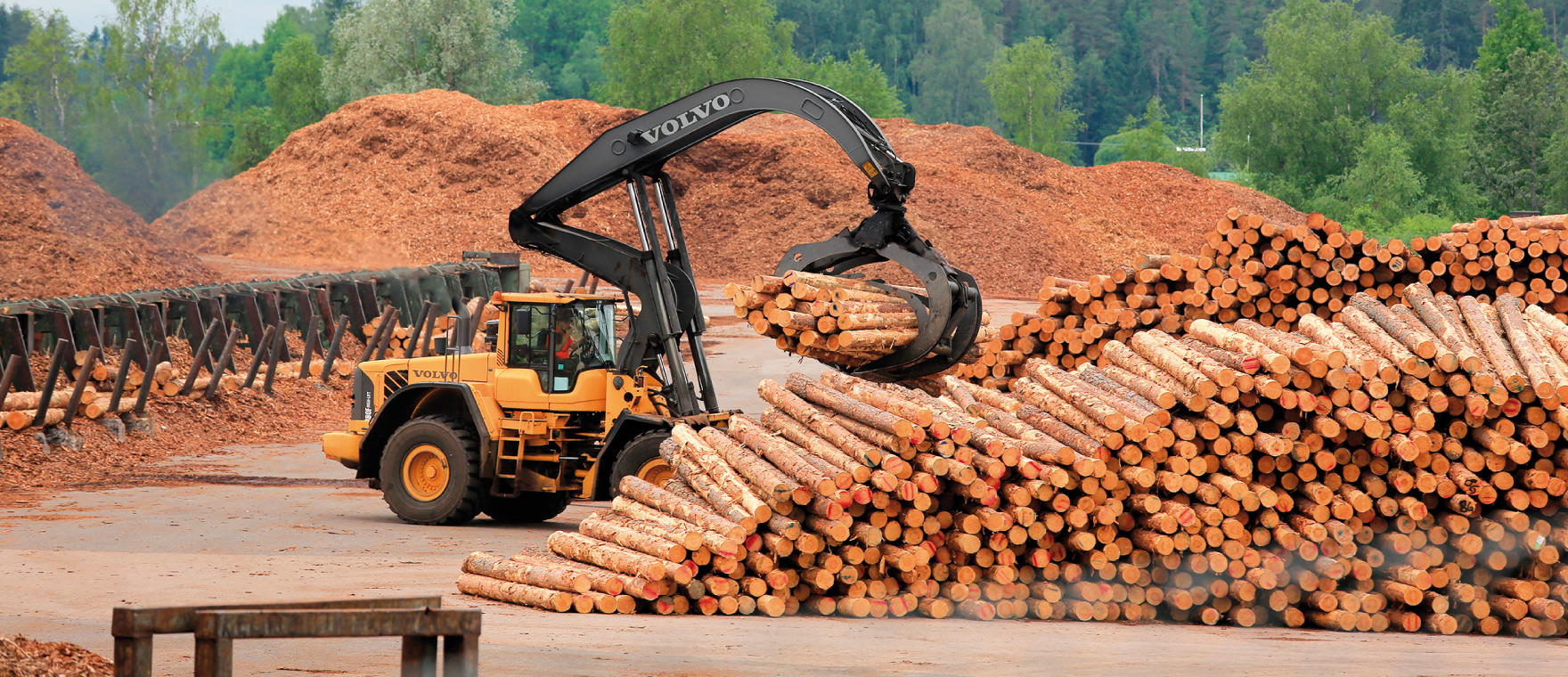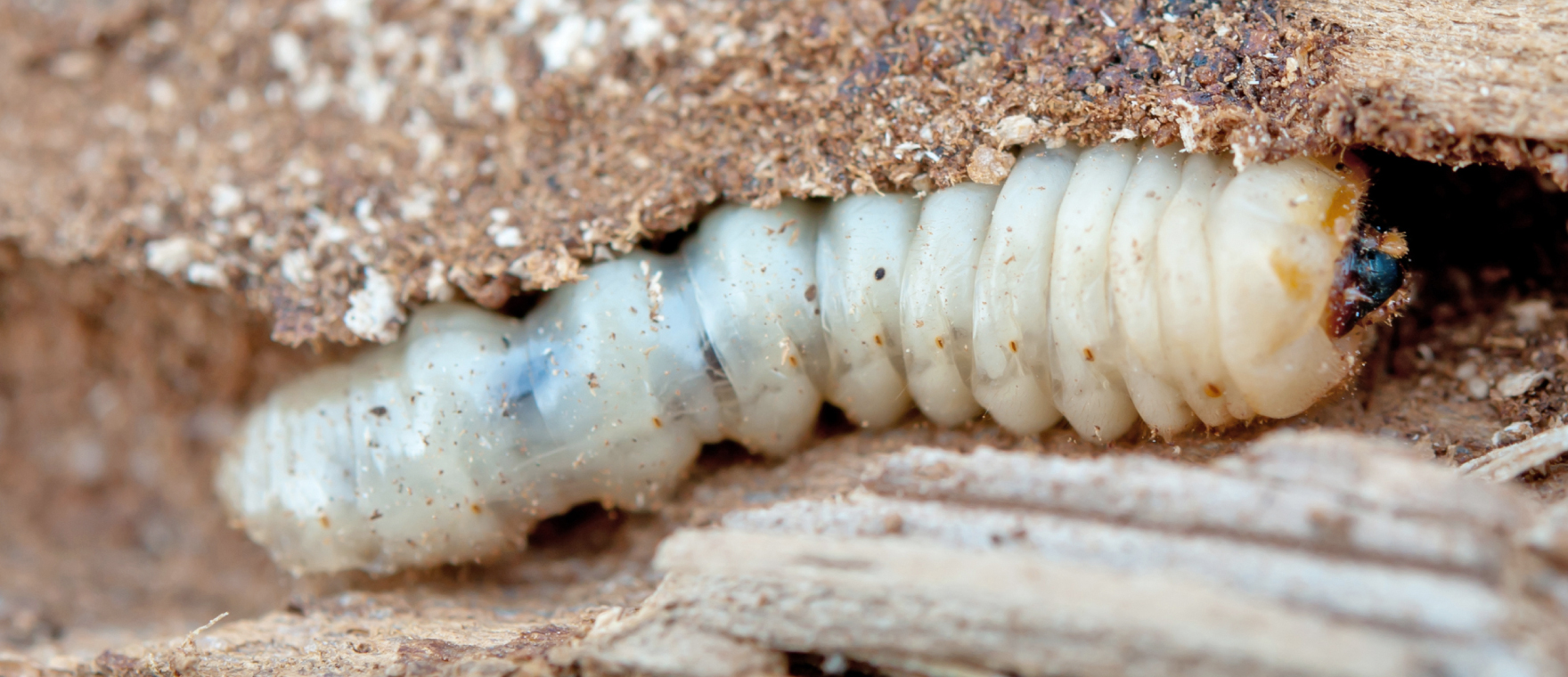Mould primarily grows on the timber’s surface as isolated colonies that then grow and join together over time.
Mould can show up as round green islets, tiny black dots, white tufts of cotton or in other forms, depending on the genus in question. As well as leading to the degradation of timber from an aesthetic perspective, mould also affects health through human contact. For instance, people’s allergies and asthma can develop or worsen when exposed to mould-infested timber and to airborne mould spores in particular.










